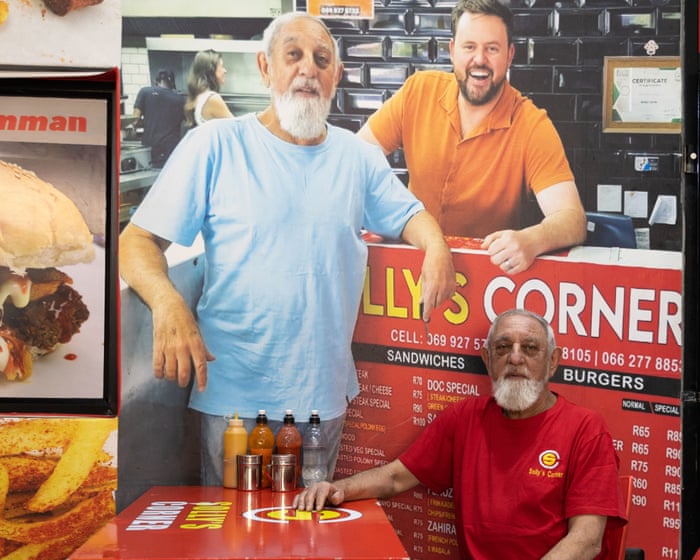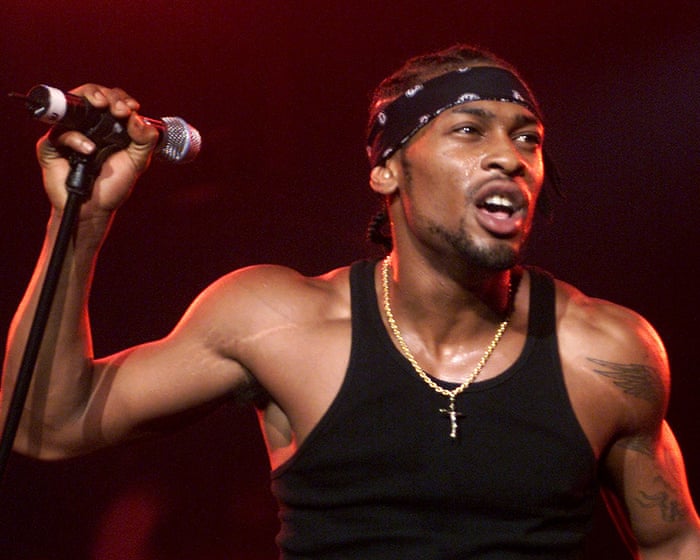Twenty years ago, Guitar Hero launched in North America, giving everyday gamers the tools to become virtual rock stars. Of course, it wasn’t literal, but try telling that to someone who has flawlessly played Free Bird’s four-minute guitar solo in front of a packed living room audience.
Developed by Harmonix and published by RedOctane, with inspiration from Konami’s GuitarFreaks, Guitar Hero featured a guitar-shaped controller. Players matched colored notes scrolling down the screen in time with the music, with each riff or sequence corresponding to specific notes, creating the sensation of a real performance.
Harmonix had previously explored rhythm games with PlayStation 2 titles Frequency and Amplitude before partnering with RedOctane, which Activision bought in 2006. Together, they built the foundation for an unlikely billion-dollar franchise that had a significant impact on many featured artists. It introduced younger players to decades-old bands like Cheap Trick, Kansas, and Lynyrd Skynyrd.
Michael Dornbrook, former COO of Harmonix, recalls the initial financial hurdles of licensing recordings—even though the first two games mostly used cover versions—and how their bargaining power changed once the game became a hit.
“We rerecorded all the music because the original licensing costs were too high,” he says. “Even just the publishing rights were nearly impossible to secure. We couldn’t get bands like the Who because RedOctane had very little money, and we were pretty sure it would fail. But once Guitar Hero took off and record sales and radio play increased, everyone wanted in.”
He adds, “One of the amazing things was how many parents contacted us to thank us for introducing their kids to the music they loved. It became a multigenerational experience.”
Northern Irish blues-rock band The Answer had their song “Never Too Late” included in the 2008 game Guitar Hero World Tour. Guitarist Paul Mahon remembers how the series revived classic rock’s popularity: “Guitar Hero reached a larger, younger audience. This music had been seen as outdated, but when it appeared in the game and teenagers discovered it, it suddenly became cool. That legitimized it and removed the ‘dad rock’ label. It gave all our music new life.”
In 2008, The Answer’s debut album hadn’t been released in the U.S., making the game a key discovery platform as they toured North America supporting AC/DC. “Their crew were playing ‘Never Too Late’ on the tour bus, and some knew us from Guitar Hero,” Mahon says.
Spin-off games like Guitar Hero: Aerosmith centered around specific bands, featuring their catalog, imagery, and rock ‘n’ roll mythology. It was reported that Guitar Hero: Aerosmith earned the band more money than any of their studio albums, selling over half a million copies in its first week. Aerosmith’s music sales surged by up to 40% at a time when the music industry was already undergoing major changes.
The series continues to inspire dedicated fans with impressive feats. Earlier this year, streamer CarnyJared completed a remarkable playthrough of DragonForce’s “Through the Fire and Flames”—a notoriously difficult power-metal song popularized by Guitar Hero—on Clone Hero, a freeware game with similar gameplay and extensive customization. The track is challenging enough on expert mode, let alone at double speed without missing any of its nearly 4,000 notes.It was claimed that it took nine months of practice.
View image in fullscreen
Notoriously difficult… DragonForce guitarist Herman Li. Photograph: Gary Miller/FilmMagic
It’s a mind-boggling feat, but when does someone actually pick up a real guitar? “It doesn’t really matter because you can’t play that song in nine months! There’s zero chance,” says DragonForce guitarist Herman Li, who sees the game world and the real world as completely separate. “Guitar Hero is a fun, fantasy thing. If you play Call of Duty, that doesn’t mean you should pick up a real gun and go to war.”
DragonForce had already finished a successful tour when “Through the Fire and Flames” was featured on Guitar Hero III: Legends of Rock, but Li says it made them a household name. “I remember the record label calling to tell me we were selling albums like crazy,” he recalls. “It exploded when we toured next, playing just before headliners Slipknot and Disturbed at the Mayhem festival.”
In fact, DragonForce’s exposure from Guitar Hero was so huge that it has threatened to overshadow everything else the band has done. Last year, the song was used in a trailer for Despicable Me 4. “In the past, I thought differently, but I’ve made peace with it,” Li says. “If you only listen to one DragonForce song, that’s totally cool—everyone has their own musical journey, and I’m glad we’ve been part of people’s lives.”
The best marketing, whether for cars, clothes, or video games, goes beyond just selling something—it sparks a desire. Did Guitar Hero tap into that? “That’s exactly what we were trying to create,” Dornbrook says. “That thrill of being a rock star on stage. From day one, Alex [Rigopulos] and Eran [Egozy], who co-founded Harmonix, believed there’s an instinctive human desire to make music, and they wanted to use technology to let people do it.”
Most Guitar Hero games were released in just a five-year span between 2005 and 2010, including spin-offs like DJ Hero, which came with a turntable controller, and Band Hero, both released a week apart in 2009. Dornbrook notes, “Activision is famous for burning out franchises; they tend to overdo it.” After that, the publisher’s interest in plastic instruments faded, except for a brief revival in 2015 with Guitar Hero Live.
Games like Clone Hero and Fortnite Festival have kept the genre alive, and there’s something new on the way from the original publisher: RedOctane Games, a new studio that has “entered production on its debut rhythm-based title.” Original co-founders Kai and Charles Huang are both involved as special advisers. Is the world ready to embrace another game in the spirit of Guitar Hero?
“We thought those games could be like Madden, where you update every year,” Dornbrook says. “There’s so much new music that it could be evergreen, so I’ve always been optimistic. There’s no reason why it can’t continue with new generations.”
Frequently Asked Questions
Of course Here is a list of helpful and clear FAQs about the 20th anniversary of Guitar Hero
General Beginner Questions
Q What is Guitar Hero
A Its a music rhythm video game where players use a guitarshaped controller to hit notes as they scroll down the screen playing along to popular rock songs
Q When did Guitar Hero first come out
A The first game was released in November 2005 which means it turned 20 years old in 2025
Q Why was it so popular
A It let anyone feel like a rock star even if they couldnt play a real guitar It was easy to pick up featured great songs and was incredibly fun to play with friends
Q What do you need to play
A You need a gaming console and the special Guitar Hero controller which has colored fret buttons and a strum bar
Q Is Guitar Hero still being made today
A New games arent released as often but the community is still active You can often find older games and controllers online and games like Clone Hero keep the experience alive on PC
Gameplay Experience
Q How do you actually play the game
A You hold down the colored fret buttons on the guitars neck and press the strum bar in time with the colored notes that scroll down the screen on your TV
Q What are the difficulty levels
A The game has multiple levels from Easy to Expert
Q Can you play with friends
A Absolutely The game is famous for its multiplayer modes where you can form a band with friends on guitar bass drums and vocals
Q What are some of the most famous songs in the game
A Iconic tracks include Through the Fire and Flames by DragonForce Free Bird by Lynyrd Skynyrd Barracuda by Heart and Killer Queen by Queen
Impact Legacy
Q How did Guitar Hero bring people together
A It became a centerpiece at parties bringing together friends family and people of all




